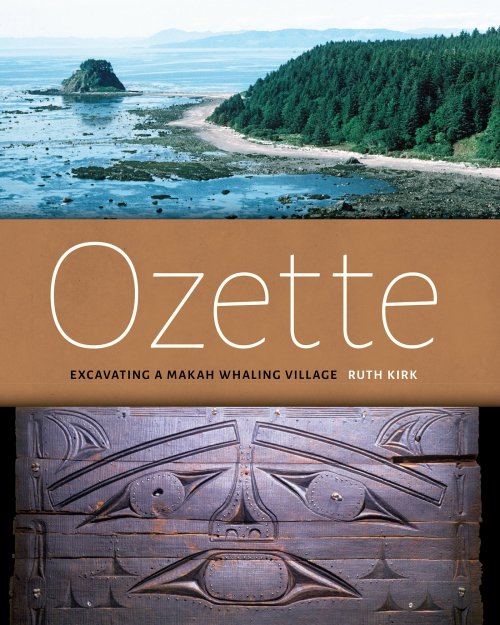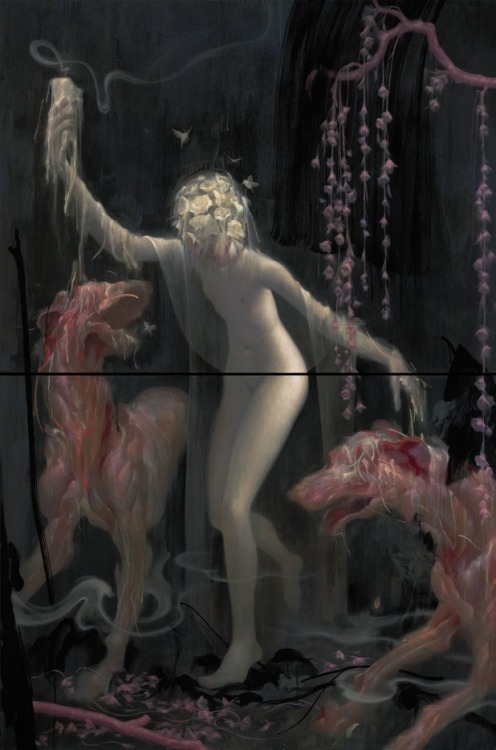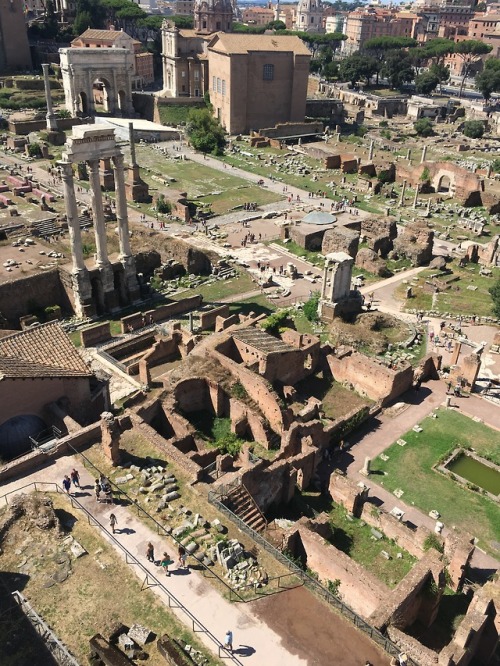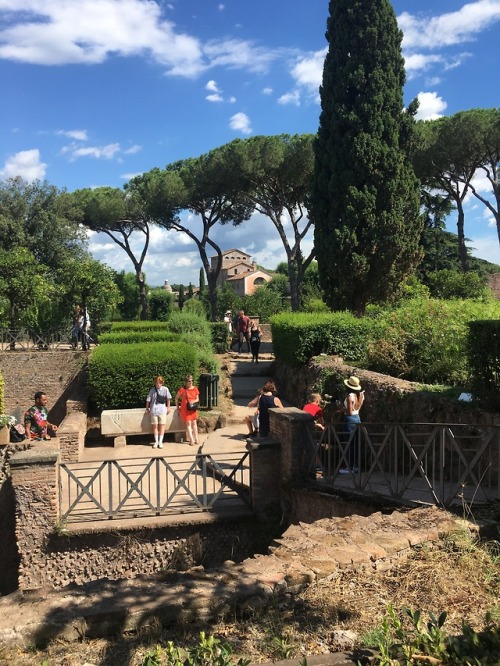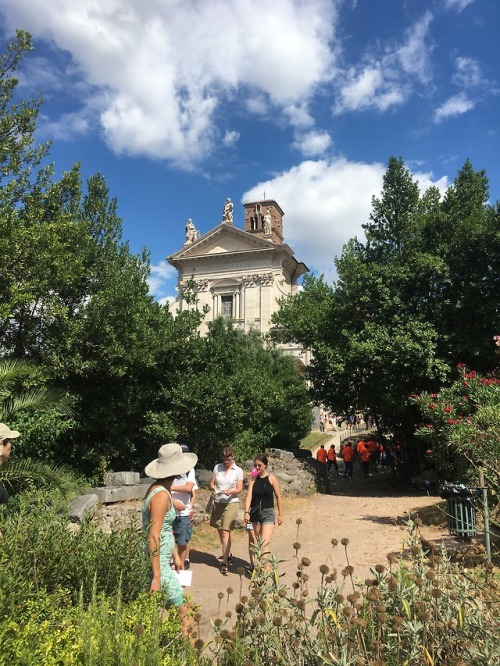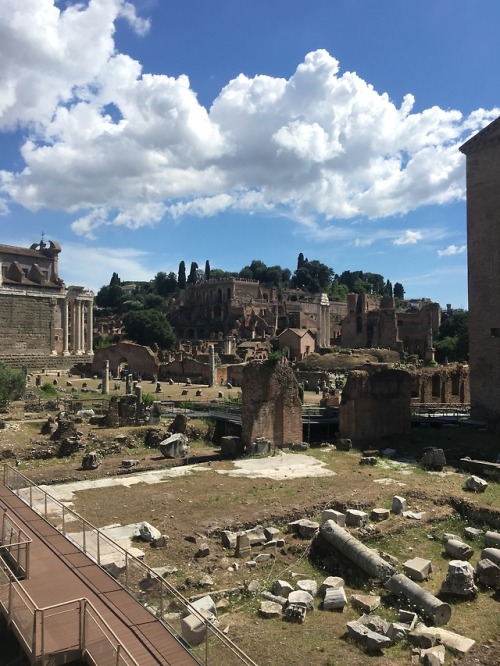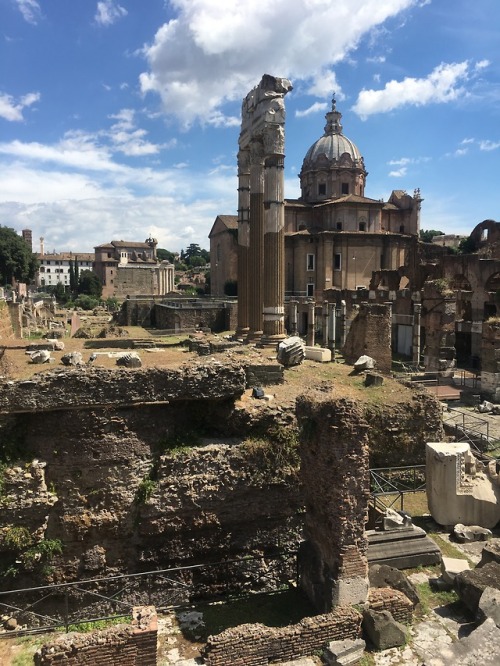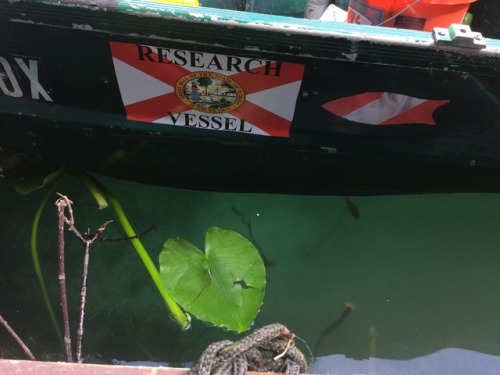#excavation
New from University of Washington Press, Ozette: Excavating a Makah Whaling Village, by Ruth Kirk. The book is a comprehensive and highly readable account of this world-famous archaeological site and the hydraulic excavation of the mudslide that both demolished the houses and protected the objects inside from decay. Ruth Kirk was present, documenting the archaeological work from its beginning, and her firsthand knowledge of the people and efforts involved enrich her compelling story of discovery, fieldwork, and deepen our understanding of Makah cultural heritage.
Post link
The femur & ilium of a Microcleidus plesiosaur, an extinct Jurassic marine reptile that looked like the Loch Ness Monster. These bones were found along the Yorkshire Coast of Britain and belong to @darwin_the_plesiosaur.
The skeleton is near complete but sadly is missing the skull.
.
Follow @neojurassica to see more #prehistoric wonders!
.
www.neojurassica.com
Dinosaur Specialists
Genuine Fossils
⚙️ Display Customisation
Free UK Delivery
✈️ International Delivery
.
#plesiosaur #plesiosaurs #DarwinThePlesiosaur #plesiosaurus #dinosaur #dinosaurs #dinosaurbones #jurassic #jurassicpark #jurassicworld #neojurassica #bones #paleontology #palaeontology #geology #science #naturalhistory #nature #history #archeology #discovery #excavation #fossilprep #fossilhunting #fossils
https://www.instagram.com/p/CS_8xe0NJ2E/?utm_medium=tumblr
Post link

Ur was an important city-state in ancient Mesopotamia, perhaps best known for the ziggurat monument and Royal Tombs. One of the main periods of excavations from 1922 to 1934 were jointly funded by the British Museum and the University of Pennsylvania, and the story of these early excavations is often told with reference to director Sir Charles Leonard Woolley, and his assistant Max Mallowan, who would go on to became an important archaeologist in his own right. There is another character however whose role in these excavations was equally important, and that is Katharine Woolley (nee Menke). Katharine was described by fellow trowelblazers Gertrude Bell as “dangerous” and Agatha Christie as “an extraordinary character” and it is rumoured that Christie based a murder victim in one of her novels on her. Woolley was certainly a woman who made an impression, and her story has more than a little mystery and drama, and also unfortunately tragedy. Katharine was as a student at Oxford, however she left before finishing her degree and worked as a British military nurse. She married her first husband, Lieutenant Colonel Bertram Keeling, in 1919 and travelled with him to Egypt, but after only 6 months of marriage, he committed suicide in the Giza desert. The details surrounding his death are unclear, but this obviously had an impact on Katharine. She resumed her nursing career and ended up visiting the Ur excavations whilst on duty in Baghdad. She attracted the attention of the excavators with her illustration skills, and was invited to join the team. She began working as a field assistant for the project in 1924. Many texts allude incorrectly to the fact that she was present on the Ur excavations solely to accompany her husband, Sir Charles Leonard Woolley, when in fact she found herself there entirely through her own talents. She ended up marrying Leonard for convenience as it was her only option to remain on the dig after the funders expressed discomfort at the thought of an attractive young widow working in the field alone with a team of men. She quickly became ‘second in command’ at the dig, and she was also responsible for the reconstruction of the famous headdress of Queen Pu-abi amongst others. She would go on to lead excavations in the final year of the dig, and played an important role in fundraising and producing press materials for the project. In 1929, Katharine published a book, Adventure Calls, about a woman who pretends to be a man so that she can have a life of excitement and adventure, including joining an archaeological team! Katharine interviewed the young Max Mallowan for his place on the team, and it was also due to Katharine that Agatha Christie was allowed to visit the excavations. Initially the two became good friends, but suffered a falling out when Christie became romantically involved with Mallowan (they would later get married). Although Katharine was married to Leonard, it is suggested that she enjoyed the attention of being the only woman on site and wasn’t pleased when Mallowan directed his attention elsewhere. Christie was not welcome back and Mallowan left the team shortly after. It is these aspects of the story that may be responsible for Katharine’s reputation as being difficult to work with! Sadly her work was overshadowed by this reputation and with speculations about her sexuality/gender, which is rumoured to have been linked to the suicide of her first husband (for a discussion of this see this blog about an unpublished paper on Woolley). More important than the details (confusing as they are) of her personal life, were Katharine’s archaeological illustrations and reconstructions which were critical to publicising and promoting the discoveries at Ur. Without her contributions the importance of the Ur excavations would not have been recognised, and the success of her husband’s career was in no small part due to her work. Of course, there are those among us who prefer to judge her character but what we can see for ourselves - active fieldwork and a fondness for felines, which surely can’t be a bad thing…! [caption id=“attachment_1617” align=“alignnone” width=“580”] Courtesy of the Penn Museum, image no. 191365
Courtesy of the Penn Museum, image no. 191365
More Information:
More Deadly than the Male - Blogpost
Ur of the Chaldees - British Museum Blogpost
Murder in Mesopotamia - Expedition U Penn
Post submitted by Lisa-Marie Shillito
Edited by Brenna
Image: Katharine Woolley and Sheikh Hamoudi Ibn Ibrahim, the excavation’s foreman, sorting finds (1928–29 season). © Trustees of the British Museum; Second Image:Expedition house and staff, 1928-29. Max Mallowan (third from left), Hamoudi, C. Leonard Wolley, Katherine Wolley, Father Eric R. Burrows. Courtesy of the Penn Museum, image no. 191365.

Played Forewarned with a friend so this doodle honors the moment I got caught by the mummy man. This is one of my new favourite games now, so beautiful and fun for an early access. The spooks! We were successful but also eh - got some hugs.

minecraft
Traces of Aztec Dwelling Unearthed in Mexico City - Archaeology Magazine
“When the structure was built, it was situated in a residential and agricultural area on the border of two neighborhoods in Tenochtitlan, the capital of the Aztec Empire…They also found remains of channels and a jetty where farmers would have been able to load and unload goods from artificial crop lands constructed in shallow lake beds.”
Archaeologists Unearth 3,000-Year-Old Giant Statues in Sardinian Necropolis
““The faces of the giants of Mont’e Prama have become so well-known and celebrated,” writes Mulas, ”that, for many, they have come to replace the nuraghi buildings themselves as the symbol of the island’s ancient past.””
“Terrace was established by Chinese railroad workers in 1869, when construction crews were racing to connect the eastward and westward tracks of the railroad 70 miles from here at Promontory Summit. Eventually, simple wood structures rose on both sides of Main Street, housing hotels, clothing stores, restaurants, railroad machine shops, even a 1,000-volume library specializing in science, history and travel literature. Because water was scarce, engineers constructed an aqueduct from hollowed-out timber, funneling water from mountain springs that were miles away. At its peak, the town was home to some 500 residents, and it welcomed hundreds more each year, mostly rail and wagon-train travelers.
In 1903, Terrace burned in a fire, and after the railroad was rerouted 50 miles south—straight across the Great Salt Lake—the following year, the town was abandoned. But researchers have returned, seeing the ghost town as an ideal site to learn not only about the workings of a remote railroad town but especially about the immigrant community that thrived here.”
*CW: Mentions of racially-motivated violence.
Smithsonian Magazine. “Researchers Find Potential Evidence of Oldest-Known Mummification”
““These practices would…underscore the significance of the burial places and the importance of bringing the dead to these locations in a manner that contained and protected the body, following principles that were culturally regulated,””
*CW: Depictions of skeletal and mummification of human remains.
First Baptist Church descendants opt to open 3 graves to find out more about those buried
“With the descendants’ approval, the foundation hopes to further understand the race, age and gender of those buried. The foundation’s archaeology team has found 33 human burials on the grounds, said Jack Gary, the foundation’s director of archaeology.”
Capturing the heritage of the International Space Station before it crashes into the ocean
“"This might be the beginning of different kinds of archaeology that we could see in the future,” Gorman said.“
Archaeologists identify sacred pool aligned with the stars
“Crucially, the team also found additional temples flanking the Kothon, along with stelae, altars, votive offerings, and a pedestal in the centre of the lake that once held a statue of Ba’al. Together, these indicate this was not a harbour but a sacred pool at the centre of one of the largest cultic complexes of the pre-Classical Mediterranean.”
Excavation at Kildrummy Castle, Aberdeenshire, 1952-62
http://bit.ly/157JP8d
Notes on the Old Church and Cemetery of Airth, Stirlingshire.
http://bit.ly/178YAHp
[POPULATION BIOLOGICAL STUDIES] First results of the excavation of the burial mound of Petania, Uvea, Western Polynesia
http://bit.ly/1gvuSzx
Lavant stone: a Roman and medieval building stone in West Sussex.
http://bit.ly/13WQaUG
Learn more about Open Access and Archaeology at: http://bit.ly/YHuyFK
An Iron Age Torc from Spettisbury Rings, Dorset
http://bit.ly/158sgWA
Excavation and environmental archaeology of a small cairn associated with cultivation ridges in Aberdeenshire
http://bit.ly/1aMvMIy
Site investigations at Beddlngton Lane, Sutton, Surrey
http://bit.ly/ZOvjhV
Medieval Aisled Halls and their Derivatives
http://bit.ly/185rrPU
The Production of Silver in South America
http://bit.ly/1Ht2aAx
Learn more about Open Access and Archaeology at: http://bit.ly/YHuyFK

Apollo riding a sea horse in a marine environment
This Roman fresco discovered in the city of Pompeii was once the part of a thermopolium (snack bar) of Regio V.
Engineers on London’s Crossrail project find and unearth 25 graves from victims of the Black Death dated from around 1350. Signs have been found of more burials across Charterhouse Square and also the foundations of a building, possibly a chapel. Further examination of the bones suggest that these people lived lives of hard labour, suffered malnutrition and that almost half grew up outside of London.
Post link
Archaeology perks: encountering feral rhesus macaques while at work. They’re MEAN, and this one was drawn to us both curiosity and a desire to get in our lunch cooler. Can you spot him to the left of our dive flag?
Post link


